Quick answer – Mason sand is the best type of sand to use when building a shoreline beach in Michigan. This great choice of sand offers the best balance of drainage, texture, price, and an aesthetically pleasing beach vibe most homeowners are looking for.
If you are installing a beach and would like to know more about beach sand in Michigan, where it comes from, the types available for building private beaches, and all the options available, read on to for a crash course in choosing the best beach sand for your Michigan lake house beach!
We are guessing at the very least you are probably aware of what sand is. A surprising amount of people however, know very little when it comes to the variety of sands that occur both naturally or are engineered onto a beach. Usually when people think of sand, they imagine the type of beach sand we dig holes in and make sandcastles from on a day at the shore. While that is also known as ‘beach sand ‘, it is only one of many types of sand found on beaches!
So How Are Sands Different From One Another?
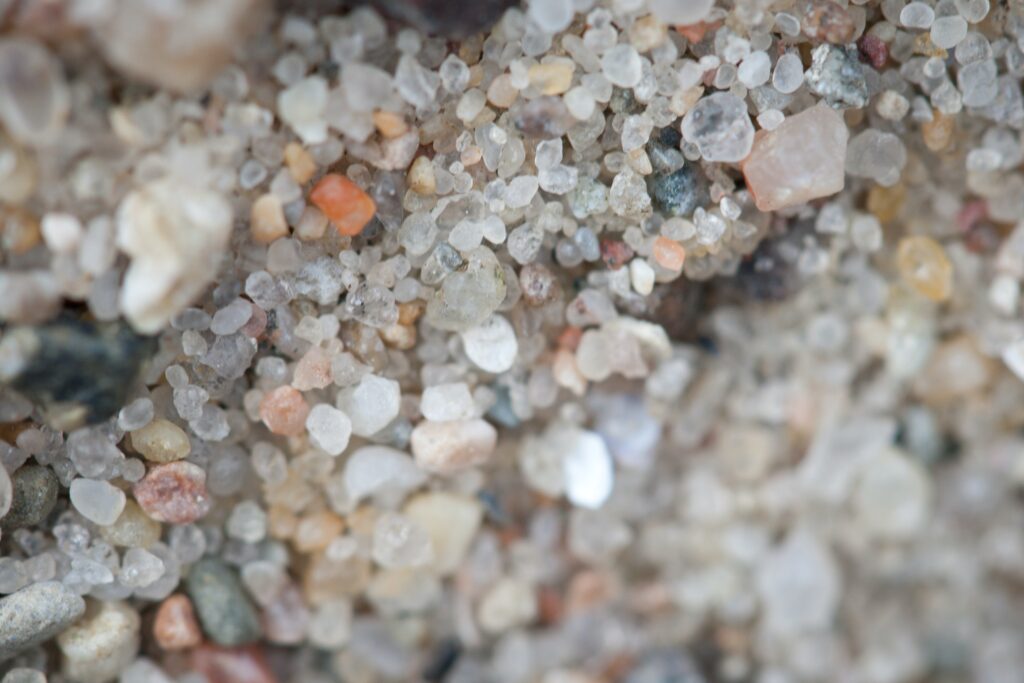
Sand can be divided into several different categories, based on things like its properties, grain size, color, and classification. Furthermore, there isn’t one generic type of sand that is ideal for every use or application. For example, a construction project would require a larger, more coarse grain sand when compared with a beach sanding project, where a finer, softer type of sand would be much more desirable.
Everyone in Michigan is familiar with the sugary sand of the beaches along Lake Michigan, however, not all sand in Michigan has that same feel or texture, or even color for that matter. Colors vary depending on where in the state you are located. The southwest corner of the state has more of an orangey colored sand, whereas the northern region of Michigan’s sand is much whiter. Southeast Michigan sand typically has some gray in it. As you can see, there is much variation in sand color, even within just one state!
Lastly there is grain size and texture, which can also vary greatly. Most sands that you find in local supply yards are processed to add or remove most of the naturally occurring stone in it. As you can imagine, for shoreline beaches, you want your sand to be stone-free, easy to form sandcastles with when wet, and feel sugary soft when dry. In the water for the lake bottom, the state of Michigan mandates sand with a little bit of stone in it so that fish can bed and it doesn’t wash away as easily.
All that being said, let’s delve deeper into some different sand types that are common in Michigan, and discuss the best type of sand (in our opinion) for your shoreline beach sanding project!
Different Types of Sand in Michigan
Quartz Sand
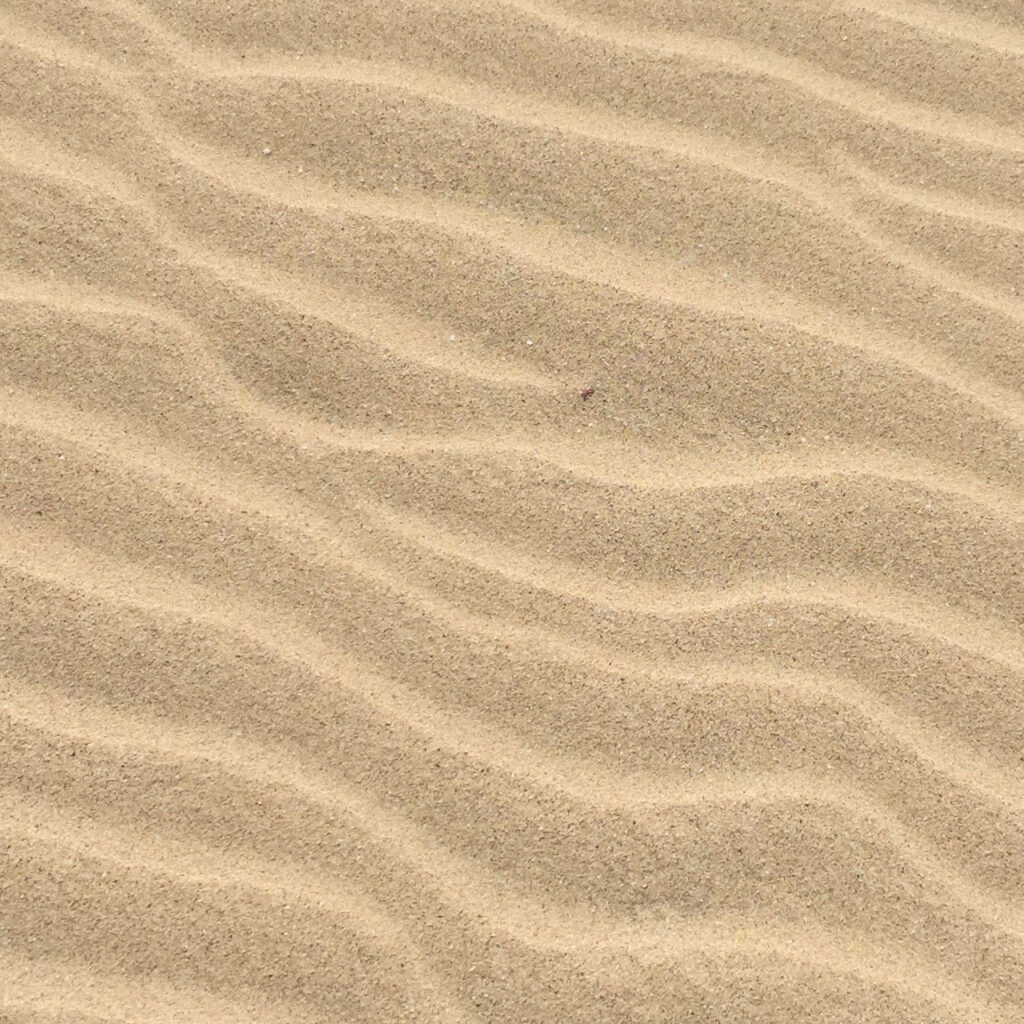
This is the most common type of sand found on Michigan’s beaches. Composed of minuscule grains of quartz (nearly pure silica), quartz sand is usually white or very light in color and has a smooth texture. This type of sand can be used in beach restoration projects, but is versatile enough that it also has applications in the manufacturing of glass and electronics.
Beach Sand
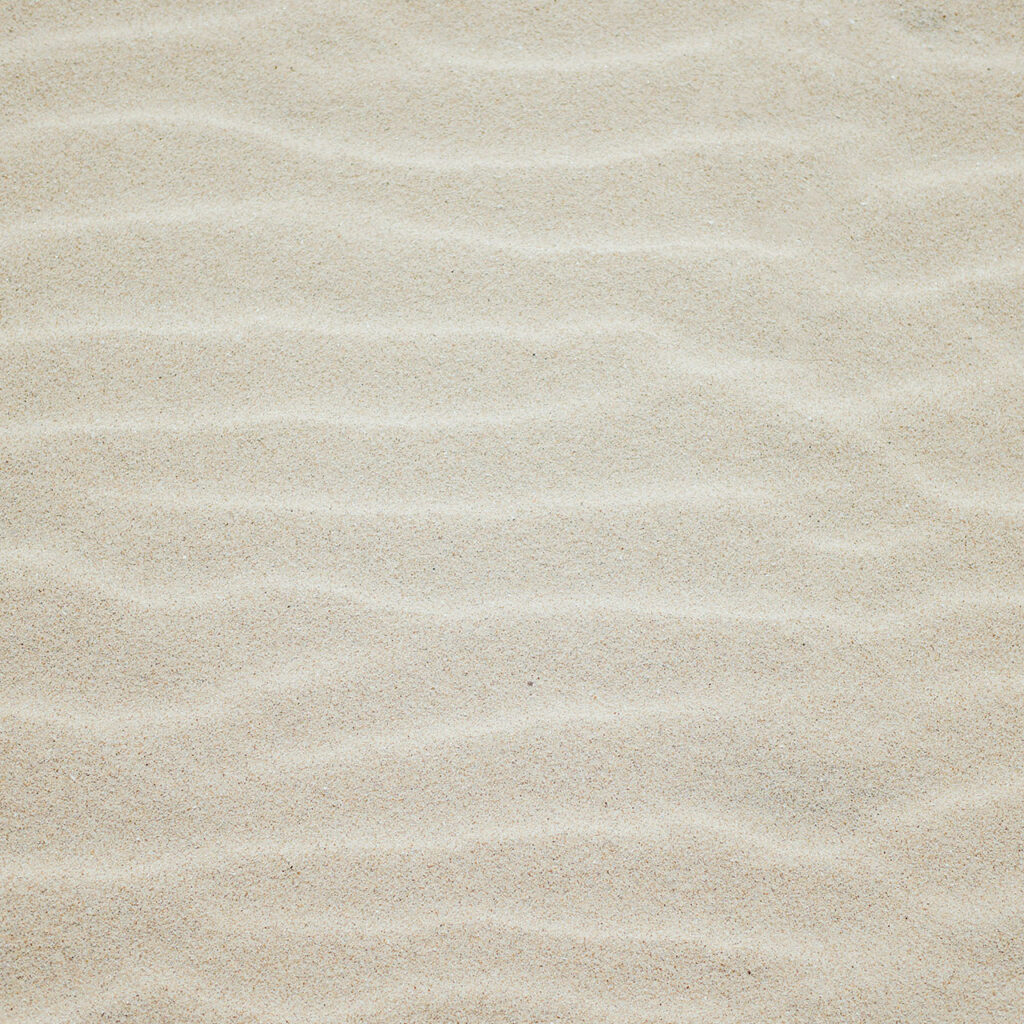
Similar to quartz sand, beach sand is a natural sand that is usually made up of silicon dioxide from quartz. Natural erosion due to wind, precipitation and fluctuating temperatures can cause the rock (over many years) to break down into ultra-fine sand grains, giving us the glorious Lake Michigan beach sand we all know and love! However, depending on your precise geographical region, the beach sand can vary in color and texture all the way from sugary white to almost black (black sand is due to the presence of volcanic rock, which is not very common in Michigan unless you are near Lake Superior where some volcanic rock is found). Typically, beach sand in the state of Michigan is sugar-white!
River Sand
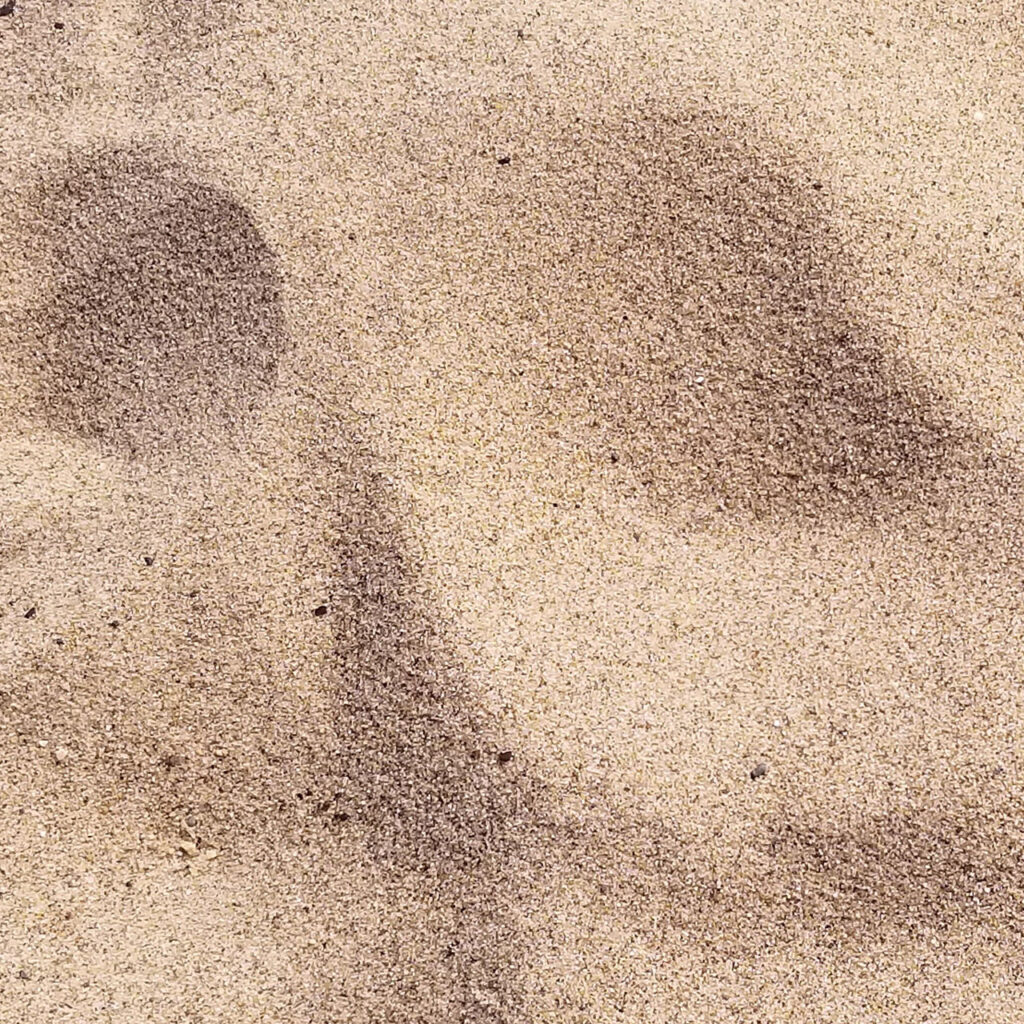
As the name suggests, limestone sand is made from crushed limestone. It is usually light in color, but can have a rough texture making it ideal for creating breakwaters, or a barrier created along the shoreline to prevent erosion due to waves and changing water levels. Its ability to resist erosion makes it a good substitute for natural beach sand.
Limestone Sand
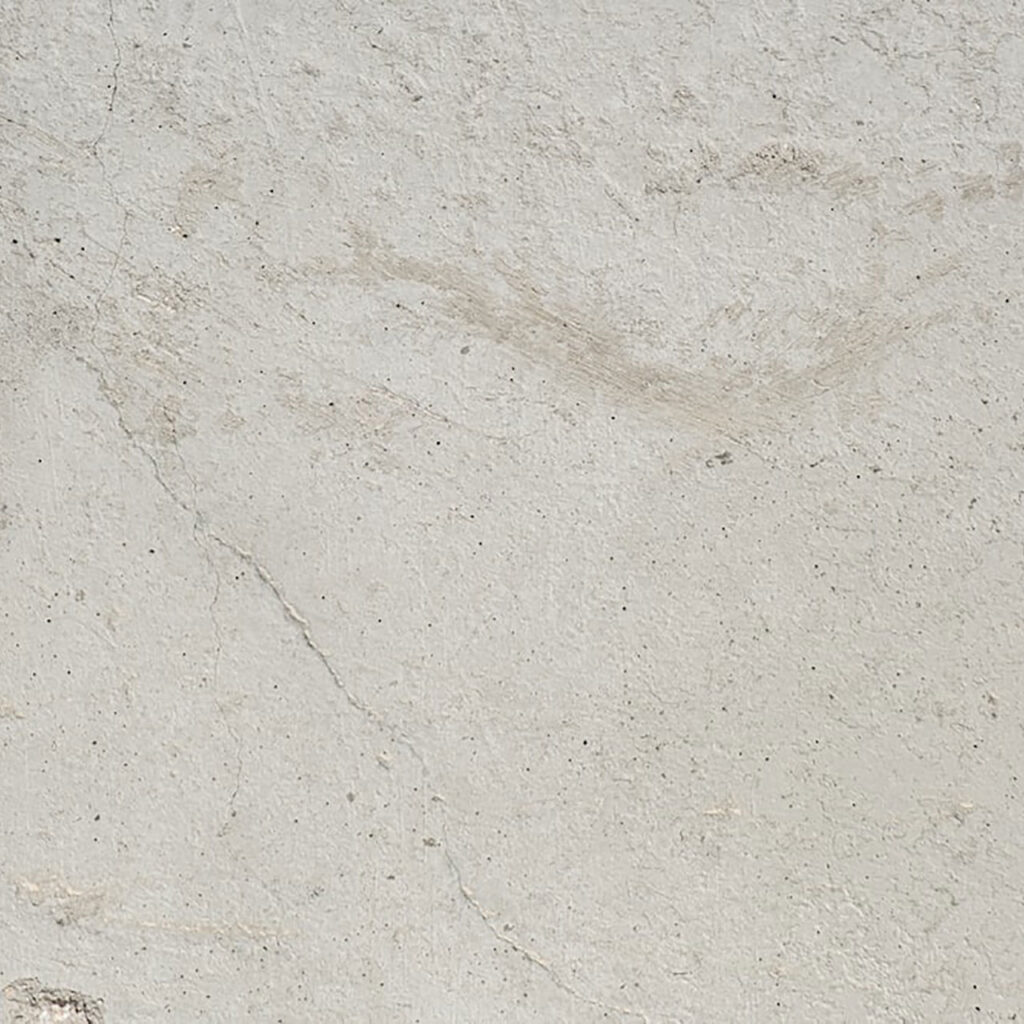
As the name suggests, limestone sand is made from crushed limestone. It is usually light in color, but can have a rough texture making it ideal for creating breakwaters, or a barrier created along the shoreline to prevent erosion due to waves and changing water levels. Its ability to resist erosion makes it a good substitute for natural beach sand.
Granite Sand
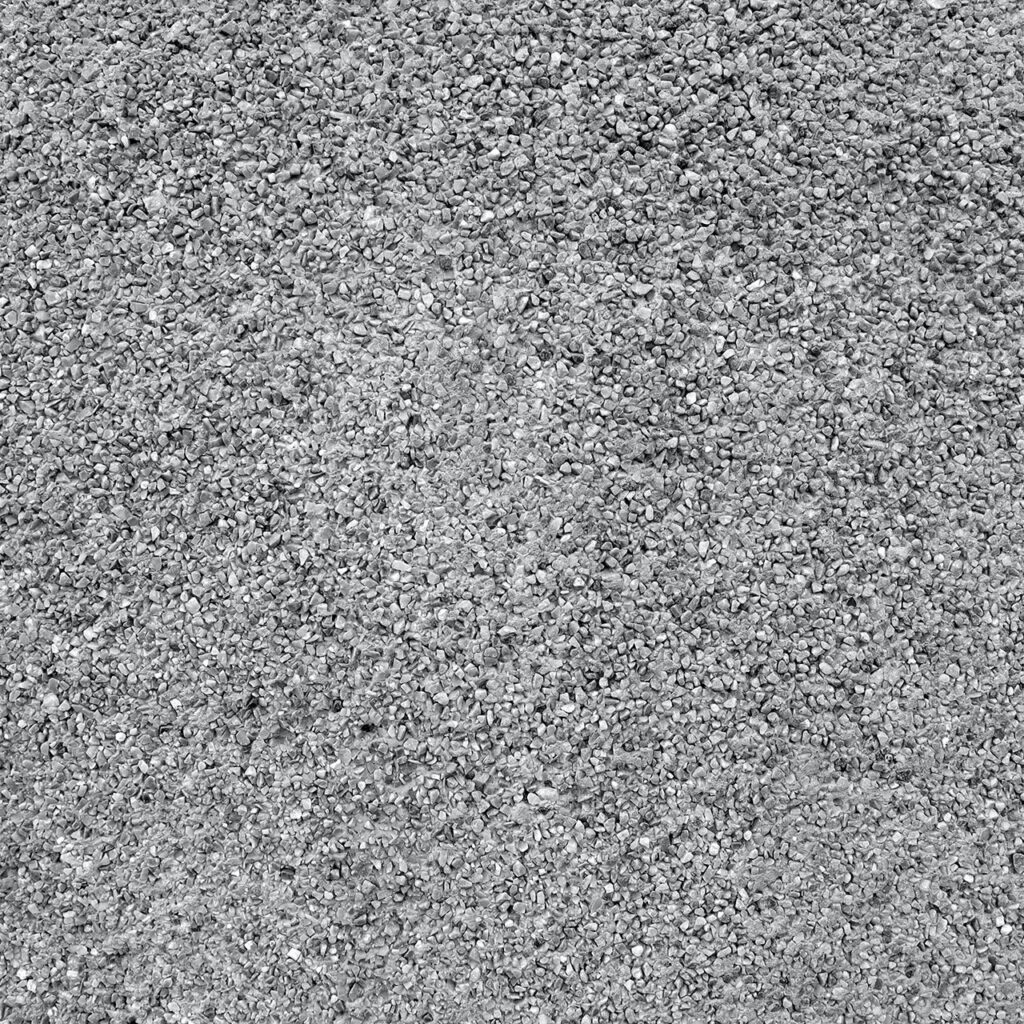
Similar to limestone sand, granite sand is made up of crushed granite and also has good durability and erosion-resistance. It is darker in color, usually brown or gray, and has a rough texture.
Types of Sand Used for Shoreline Beaches in Michigan
Now that we’ve covered some of the naturally-occurring sand types in Michigan, we will look at what types of sand are commonly used to create shoreline beaches for individual waterfront properties.
Lake Michigan Beach Sand
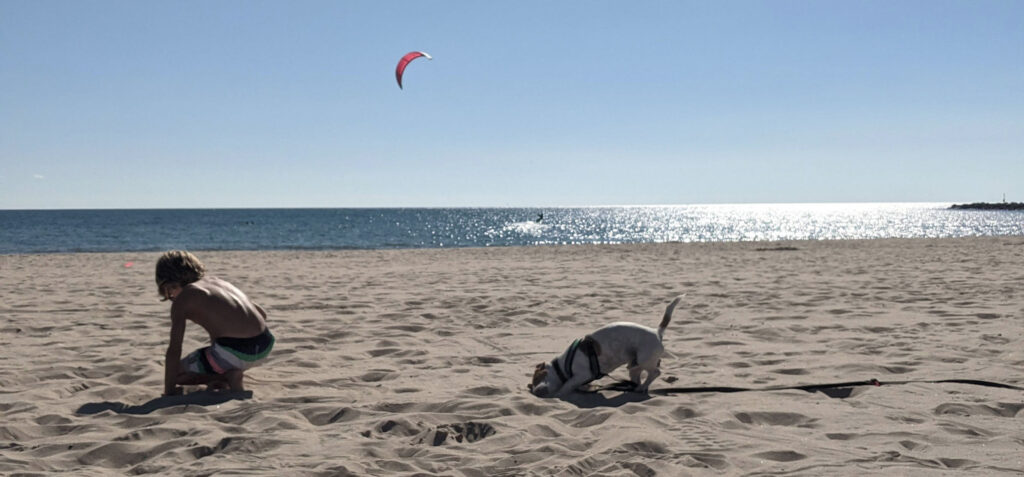
Pretty much everyone from Michigan knows the beauty of Lake Michigan beach sand! With its sugary-white color and silky-soft texture, many people request that their shoreline beach have this type of sand brought in. The problem with this type of sand though is it is very susceptible to erosion due to its fine nature. Additionally, it can be quite expensive.
Mason Sand
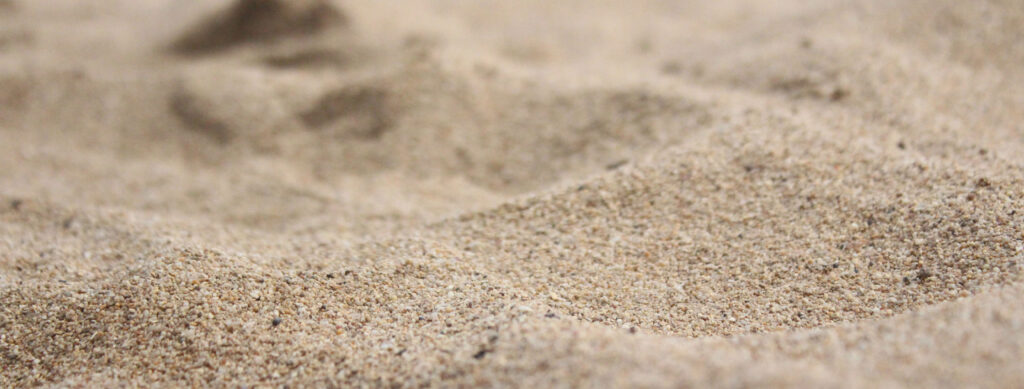
Mason sand is a very fine granule, beach-type sand. Aesthetically, it looks like beach sand, but its finer texture allows it to compact very well which makes it ideal for creating a level beach area. In addition, mason sand has great drainage, so it won’t hold lots of water and create muddy looking sand puddles on your personal beach. There are other benefits to using mason sand for your shoreline beach, which we will delve into below.
Play Sand
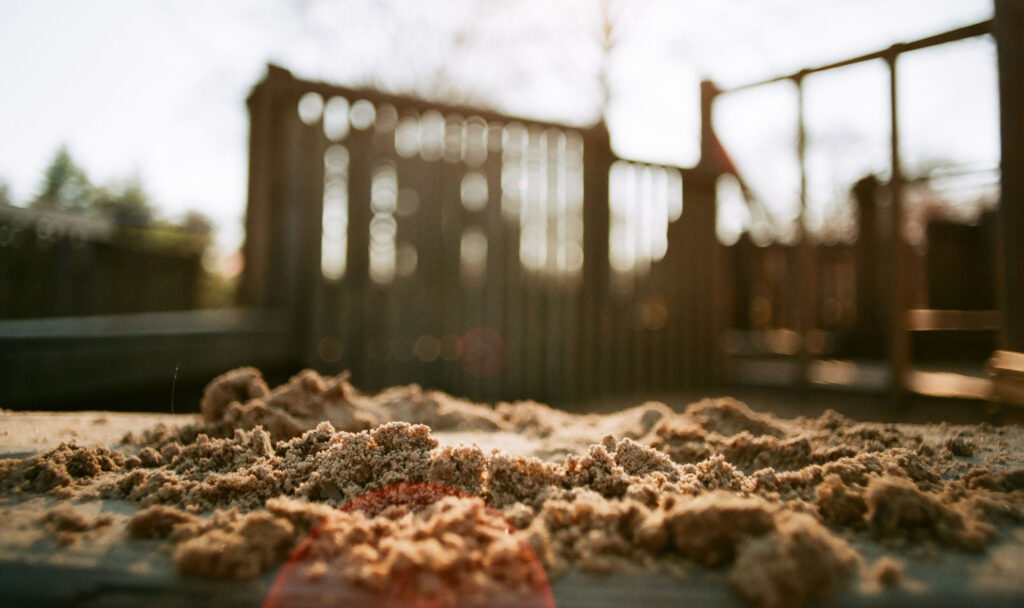
Typically a fine grained sand that is light in color and soft in texture, play sand is a popular type of sand used for personal beaches in Michigan. It is ideal for children’s sandboxes and is relatively cost-effective.
Why we choose Mason sand for most of our projects
Mason sand, also known as masonry sand, is an ultra-fine grain sand that is commonly used for beach sanding projects in Michigan. It is typically made from rock such as granite or limestone, which are crushed and sifted so that any large pieces are not present. In fact, this is the same process for concrete sand, the only difference being that mason sand undergoes a more rigorous crushing and pulverization process than concrete sand does, ultimately making mason softer and finer. Small grain sands like mason sand are commonly used in projects like sandboxes, volleyball courts, masonry work, and other projects that require a pleasing aesthetic. It may even be used to fill in spaces between pavers or other small areas.
Aside from the many practical reasons we previously discussed for using mason sand (good drainage, aesthetically pleasing, ultra-fine texture), there are other properties that make it ideal for beach use. We discussed drainage (and how it doesn’t hold water and create unattractive mud puddles), however, mason sand is also very eco-friendly (which the state of Michigan Loves) and free of contaminants which would make it unsafe for beachgoers and local ecosystems. Since it is sourced using locally available materials, it is not only readily available in Michigan (making it cost-effective), but mason sand actually helps balance the local ecosystem. As it is natural, it will not harm people, plants, or wildlife.
Mason sand is a great choice for a personal shoreline beach because it is finer than beach sand, making it smooth to the touch, easy to level, and great for digging, making sandcastles, playing beach volleyball, and engaging in other sand-related activities.
Making Your Shoreline Beach Dreams Come True
At TT&C Beaches, we recommend the use of mason sand for the many reasons outlined above. If you’re considering installing a shoreline beach on your lakefront property and have any questions about sand types and recommendations, do not hesitate to give us a call! We’d be happy to assist you in making your personal beach dreams come true!

[…] To learn more about the types of sand used in the beach sanding and install process check out our post here. […]
[…] the job from start to finish in just a few hours, using nothing but our dump truck full of mason sand, power carts (essentially a power-assisted wheelbarrow), shovels and rakes. Mason sand is a very […]
[…] to the jobsite without disturbing the surrounding property. First, we arrive with a truckload of Mason sand, and begin the process of loading this sand into the SandPro System. The blue hoses are extended […]